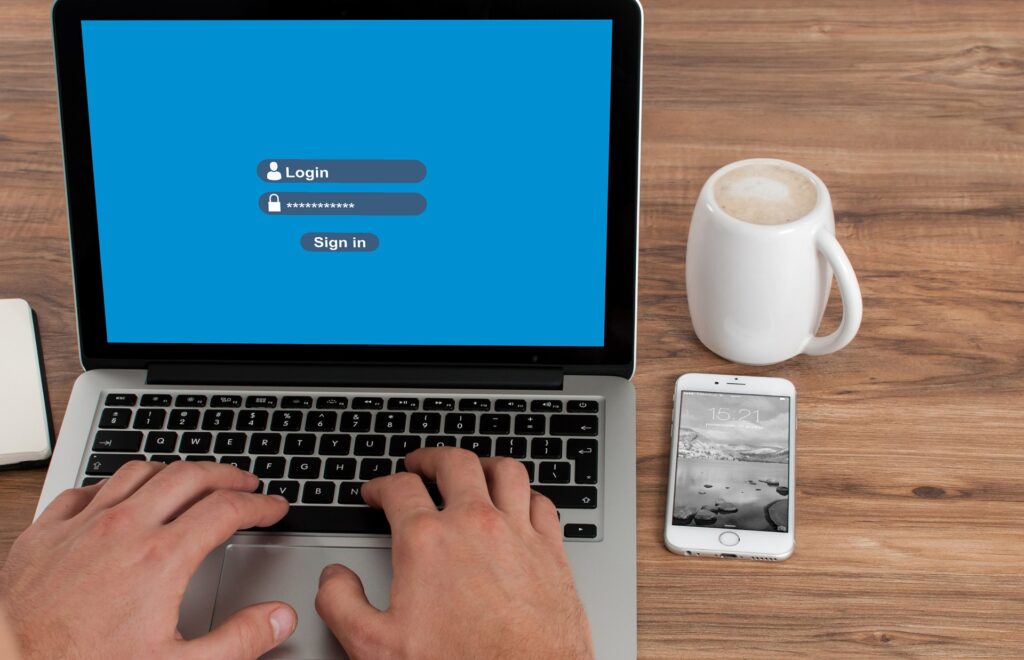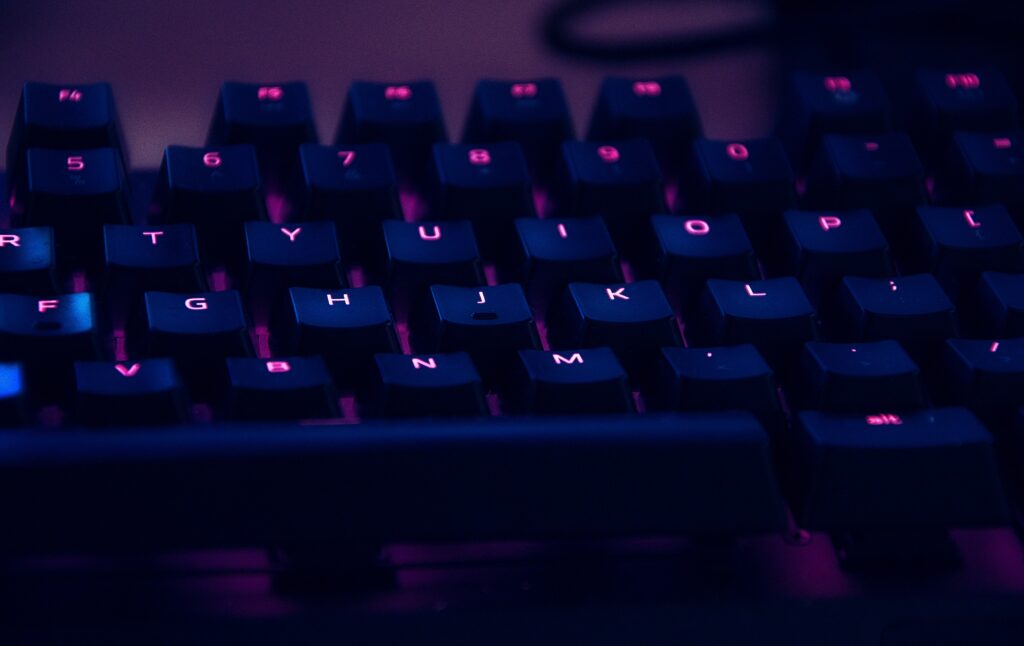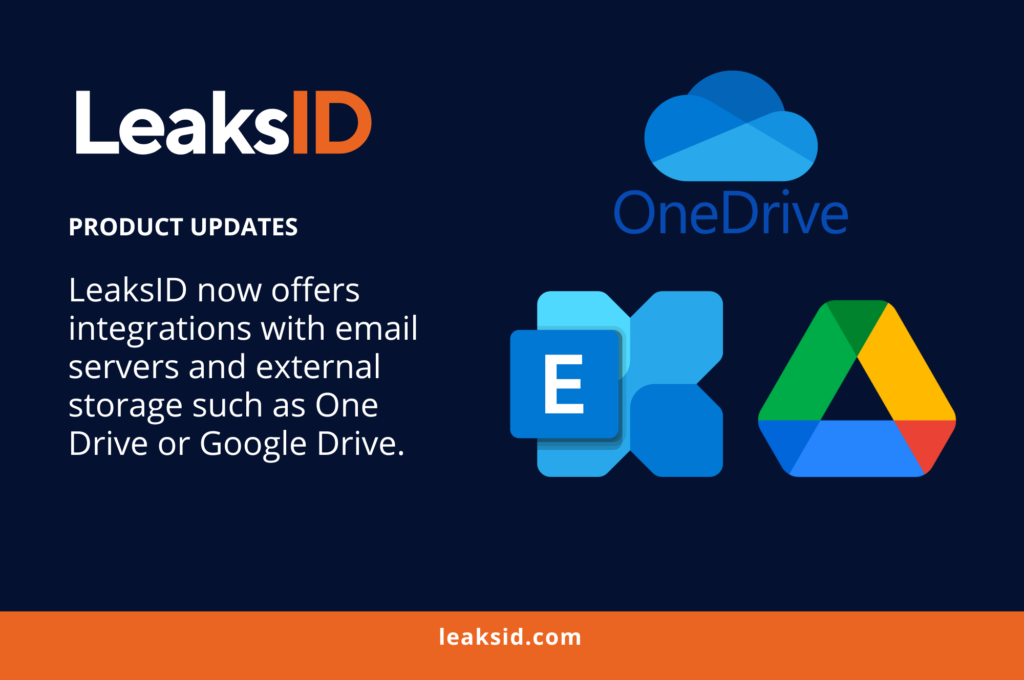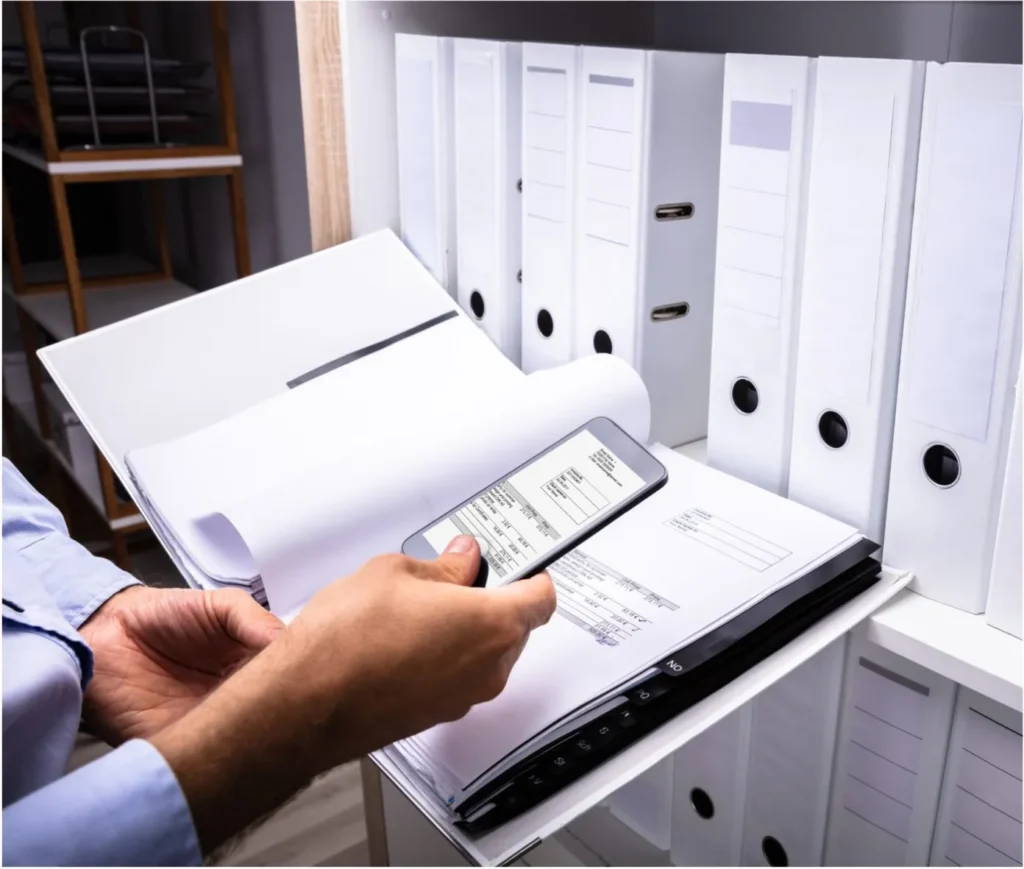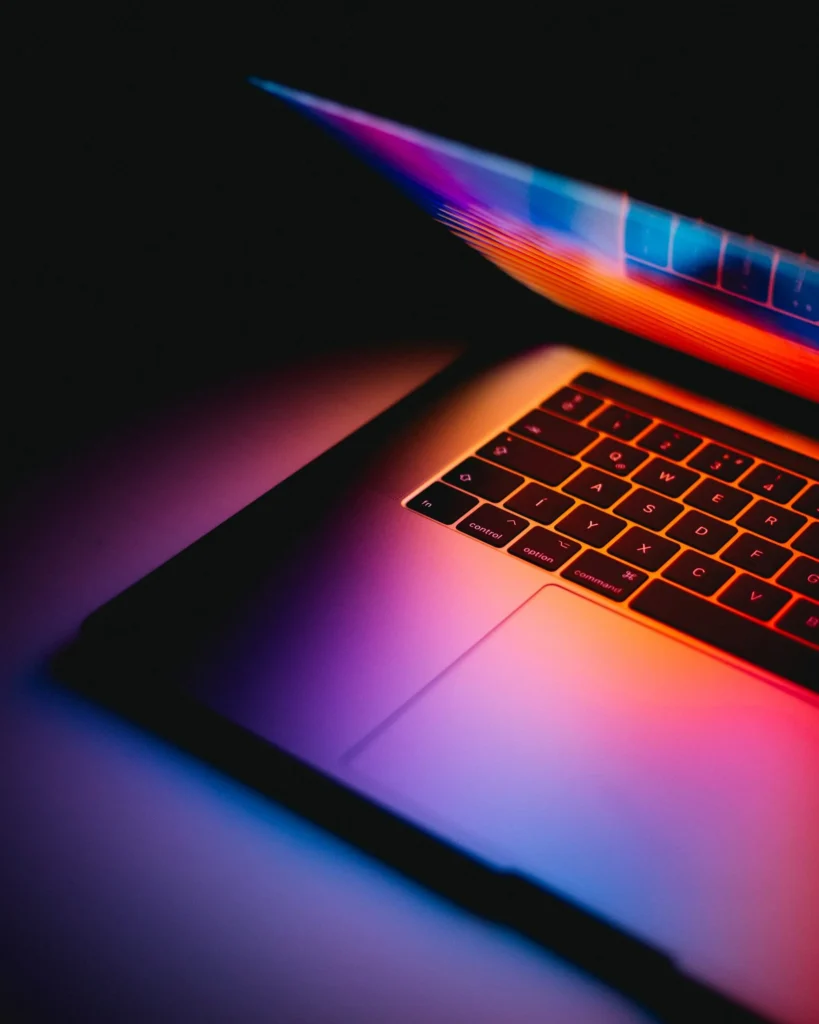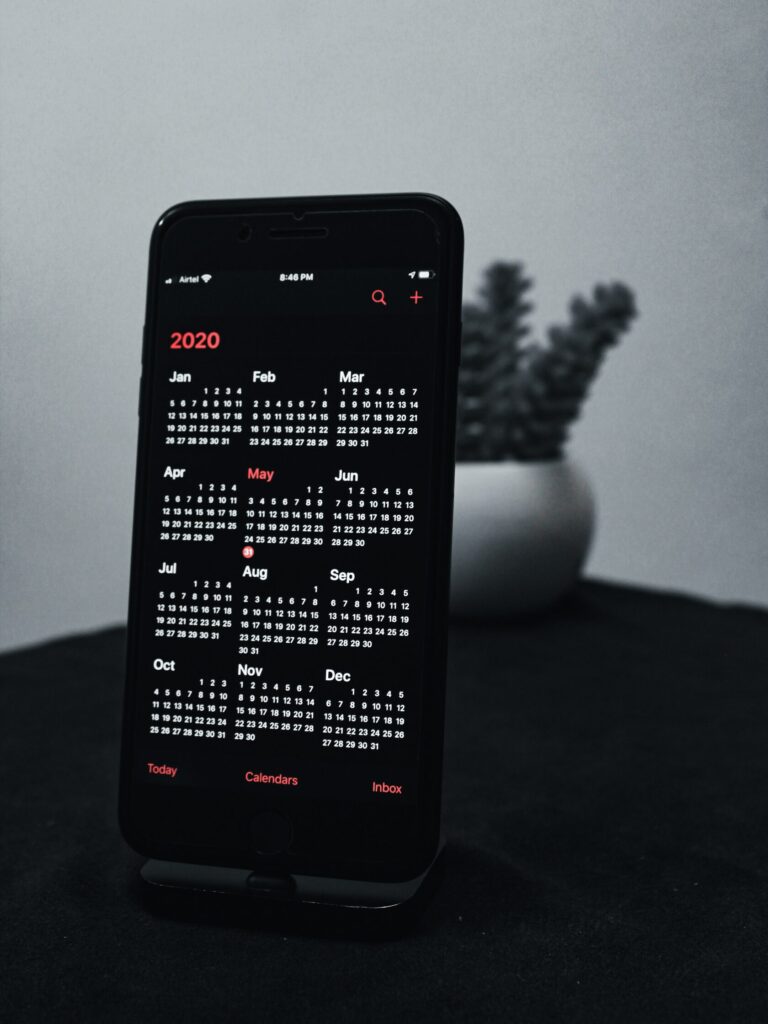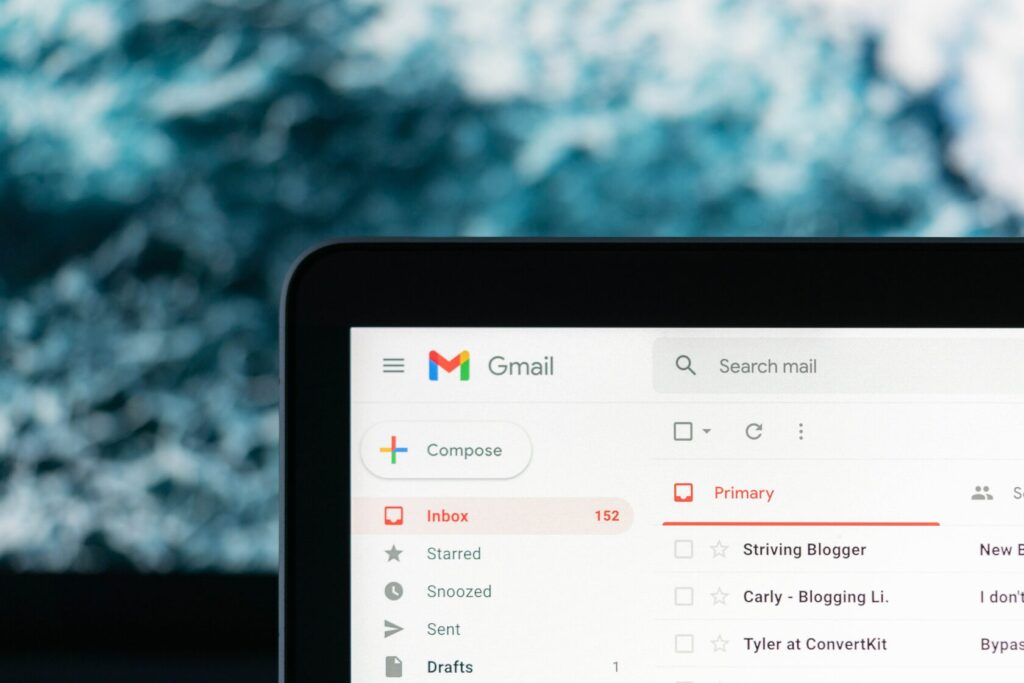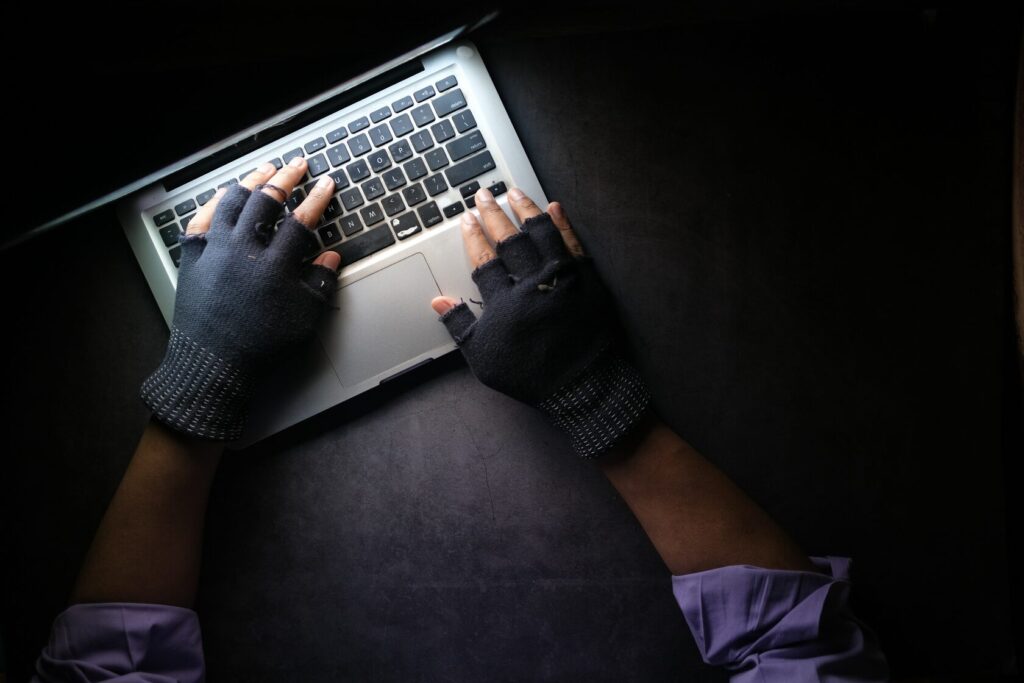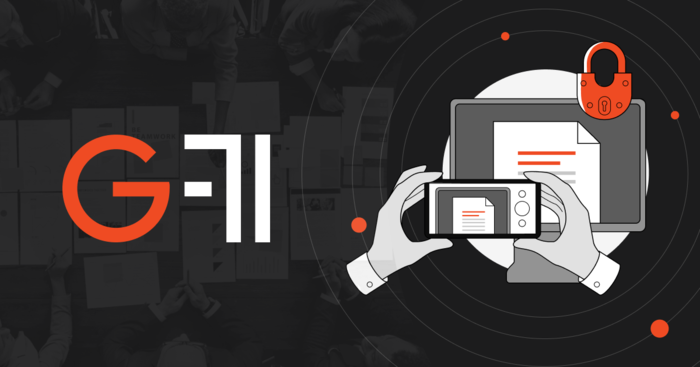The widespread adoption of Bring Your Own Device (BYOD) policies has revolutionized the workplace, granting employees the freedom to use their personal smartphones, tablets, and laptops for work-related tasks. This trend offers greater flexibility and productivity but comes with its own set of security challenges. Among these concerns is the risk of document and data breaches through smartphone photos. In this article, we will delve into the potential risks associated with BYOD and explore practical ways to mitigate these threats.
The Rising Popularity of BYOD
In today’s tech-savvy work environment, BYOD has gained immense popularity among employees. According to statistics, about 82% of organizations use BYOD. This preference stems from the familiarity and convenience of using personal devices, resulting in enhanced job satisfaction and productivity. For companies, BYOD adoption can lead to cost savings on hardware and improved employee morale. However, it also exposes organizations to various security vulnerabilities.
The Peril of Smartphone Photos
One of the primary risks associated with BYOD is the inadvertent capture of sensitive information through smartphone cameras. Employees may unknowingly take photos of confidential documents, sensitive data, or trade secrets, unwittingly exposing critical information to potential threats. Malicious actors can exploit such breaches to commit corporate espionage or engage in harmful activities, leading to serious consequences for the company.
Effective Ways to Mitigate Smartphone Photo-Based Breaches:
- Establish a Strong BYOD Policy:
To tackle security challenges, a well-defined BYOD policy is essential. This policy should lay down clear guidelines on device usage, data handling, and security measures. Employees must be educated about the risks of smartphone photos and the potential repercussions of non-compliance. - Emphasize Encrypted Messaging and Collaboration Tools:
Encouraging the use of secure and encrypted messaging and collaboration tools can safeguard sensitive information during transmission. Such applications offer end-to-end encryption, preventing unauthorized access to data. - Adopt Mobile Device Management (MDM) Solutions:
Implementing MDM solutions enables IT administrators to remotely manage and monitor employee devices. MDM allows organizations to enforce security policies, conduct regular audits, and remotely wipe data in case of device loss or theft. - Utilize Containerization and Virtualization Techniques:
Separating personal and corporate data through containerization or virtualization can protect sensitive business information even if the device is compromised. This ensures unauthorized parties cannot access critical data. - Require Two-Factor Authentication (2FA):
Making two-factor authentication mandatory for accessing business applications and data adds an extra layer of security. This reduces the risk of unauthorized access to sensitive information. - Conduct Regular Security Awareness Training:
Organizing periodic security awareness training empowers employees to stay informed about evolving threats and adopt best practices for data protection. Encouraging a culture of vigilance can prevent accidental breaches. - Perform Routine Security Audits:
Regularly conducting security audits helps identify potential vulnerabilities in the BYOD environment. Staying updated with the latest security measures and technologies is essential to proactively counter emerging threats. - Implement LeaksID Anti-Leak Marks:
Integrating innovative solutions like LeaksID anti-leak labels provides an additional layer of protection against document and data breaches through smartphone photos. These marks, embedded onto sensitive documents, enable traceability back to the leaker, even if the document was captured through a smartphone photo. LeaksID labels act as a powerful deterrent and a valuable forensic tool during investigations, enhancing data security.
BYOD policies offer undeniable advantages to modern businesses, but they must be implemented cautiously to address the associated security risks. Employing a strong BYOD policy, emphasizing encryption, utilizing MDM solutions, and investing in innovative security measures like LeaksID anti-leak labels can significantly mitigate the risks of smartphone photo-based breaches. By adopting a comprehensive approach to security, companies can enjoy the benefits of BYOD without compromising the confidentiality of their sensitive information.











